Many photographers want to shoot in the 1:3 pano aspect ratio because the photos look panoramic. One option is to crop down any photos to this aspect ratio, but it will not use the full capacity of the camera. Alternatively, there are only a few film cameras that can do this natively, but most of them are absurdly expensive. Two of these are made by Fujifilm (and rebranded), the Hasselblad Xpan shoots 135, whereas the G617 family shoots 120. Alternatively, a swing lens design (camera lens rotates like a turret) could produce a 1:3 pano aspect ratio with a wrap aspect ratio. This design reduces the size and lens requirements, so cameras are a lot cheaper. (It also helped that the USSR made these, which made these cameras and designs more abundant.) I bought the Horizon Perfekt a few years ago (pre-Russian/Ukraine War) to fulfill this itch, and I chose this model because it was available for a very reasonable price in new conditions. Since I’ve recently rented the Fujifilm G617, I wanted to see how different these two cameras are.
There are many technical differences. Both cameras and lenses seem to be around the 28mm wide-angle equivalent, but the Horizon uses a swing lens setup (the lens spins to capture a wider angle) that distorts the final image. [Read here about field of view and other related “pano cameras”.] That also allows the Horizon to have a wider field of view (the amount of light/information captured on the film) compared to the G617. Similarly, both lenses are fully manual with aperture and shutter speed controls, but the Horizon is always focused at infinity, whereas the lens on the G617 can be focused by guesstimating the distance. The ability to control what to focus on limits the Horizon to landscape photography, whereas the G617 provides more creative control. Size/weight/tripod-wise, these two cameras can’t be any more different; Horizon feels like the size of an original Gameboy that is slightly too big to be pocketable, but still not something you think about. G617 is like a 6-month-old baby (or a dog, cat, or whatever you prefer) that you have to lug everywhere. G617 shoots 4 shots per 120 roll of film and requires lots of winding; Horizon shoots 22 shots per 35mm roll of film, which makes it much more reasonable (cost/shooting wise).
Note: All pictures below are ordered first with Fujifilm G617, then Horizon Perfekt. Most of the film are fresh, but I did not use the same film on both cameras.
Fujifilm G617 | Fujifilm SW 105/8 | Kodak Tri-X
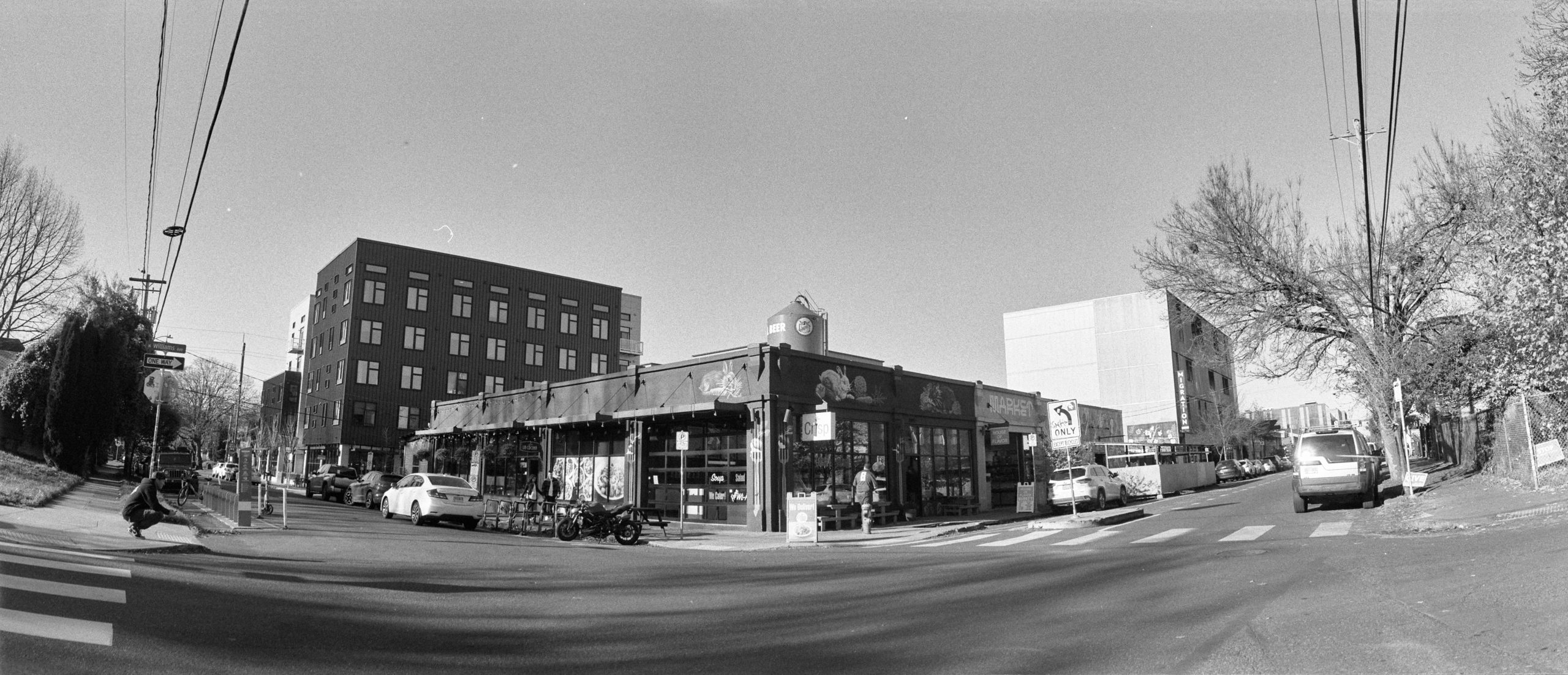
You can see that I’m framing the image using the Fujifilm G617, and shot on the Horizon Perfekt at the same spot, thus the images do not look good on Horizon in general.

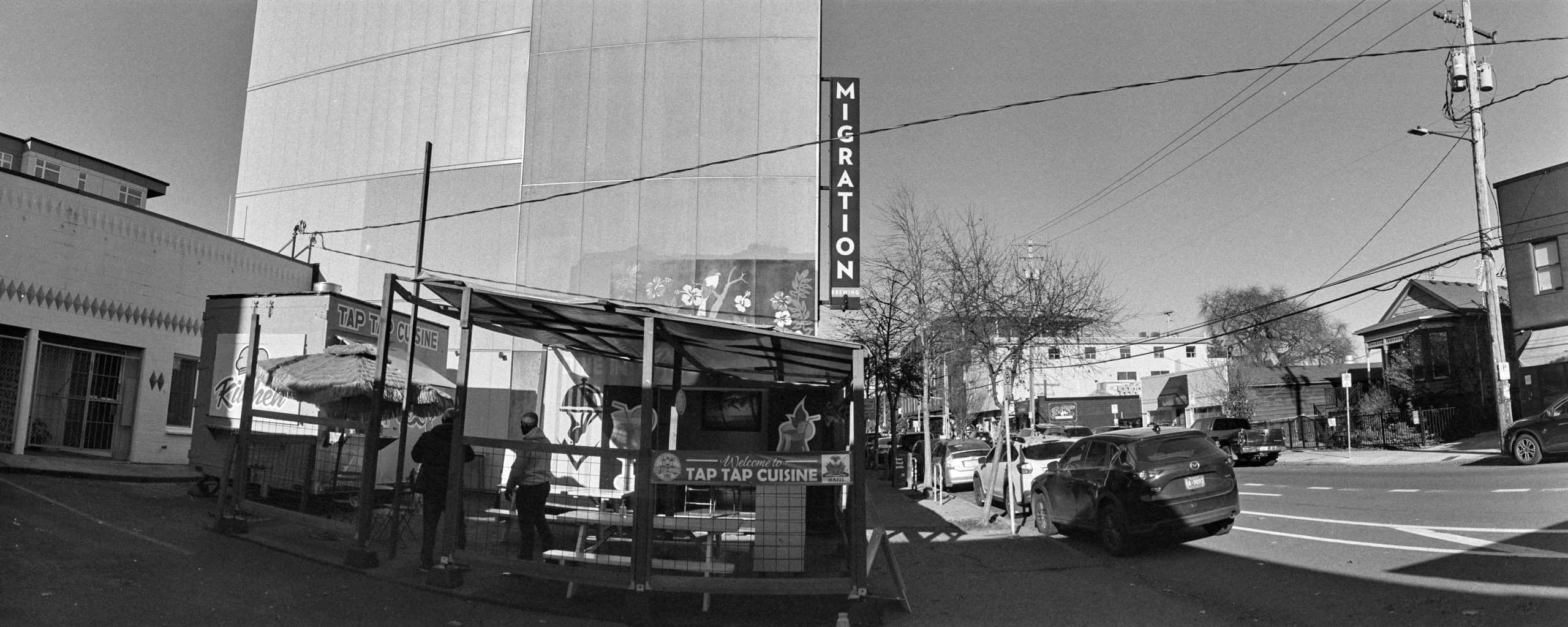
Here is an image where the G617 shines. Horizon is just weird.

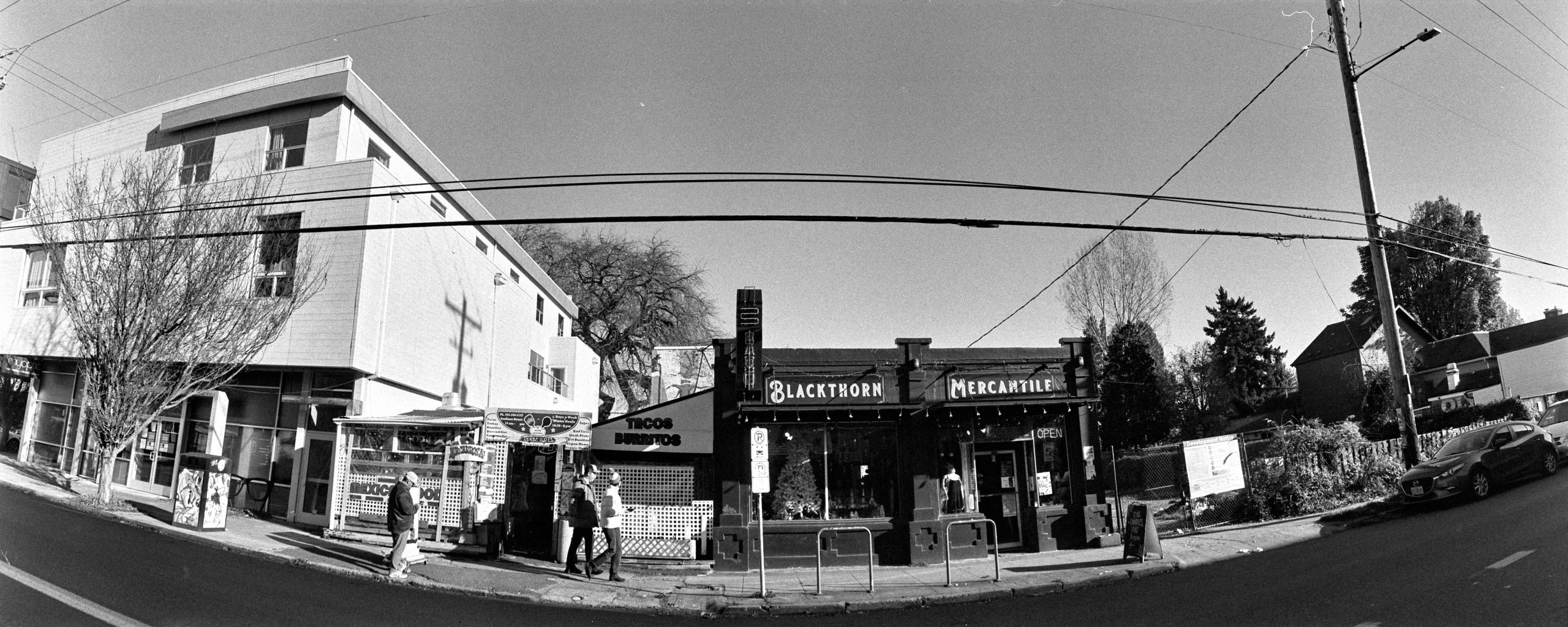

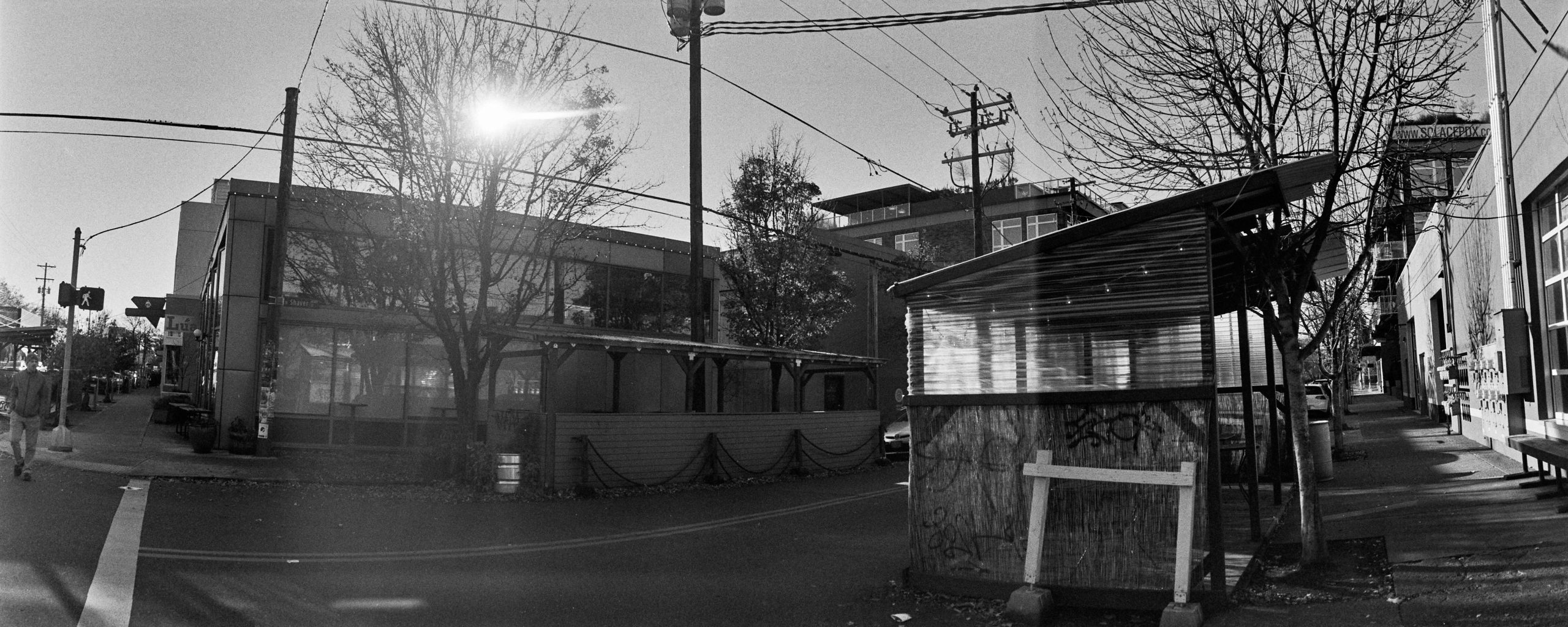
I don’t know which of these train images I love more. The swing lens (Horizon) provides a more dramatic look for sure.

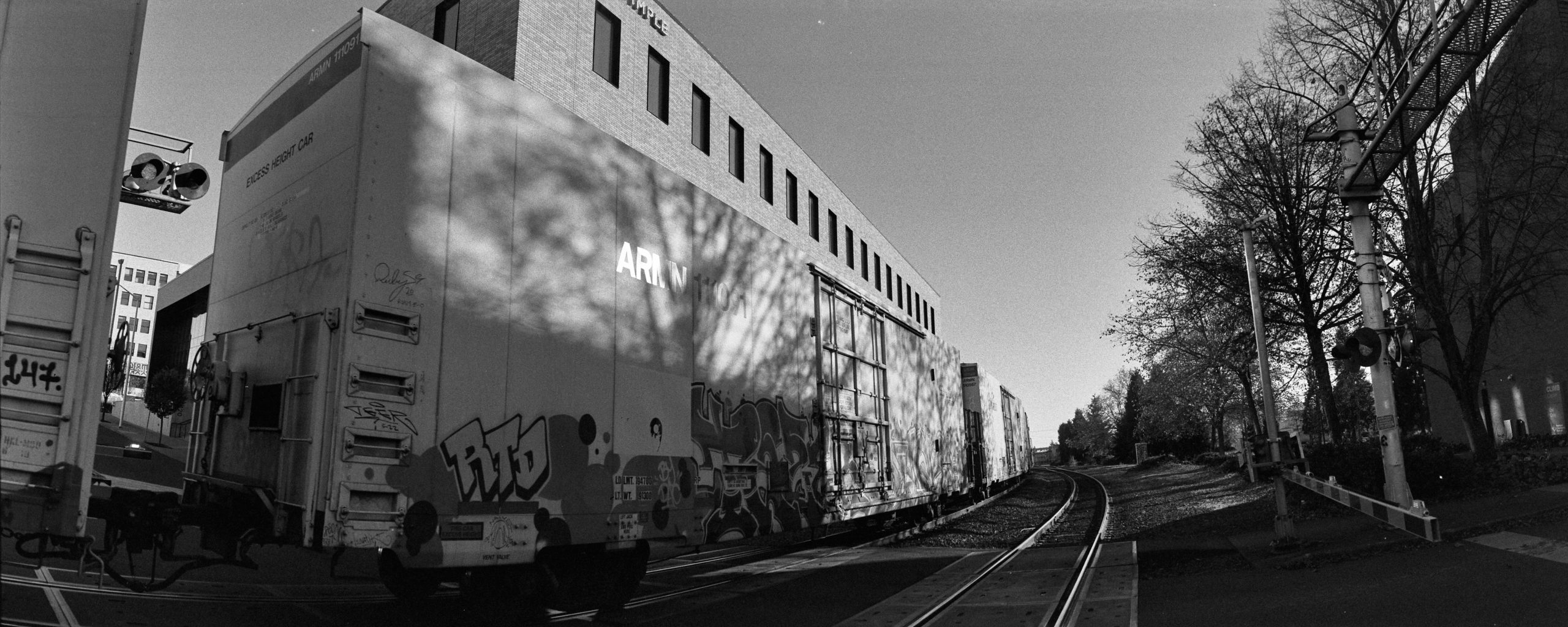

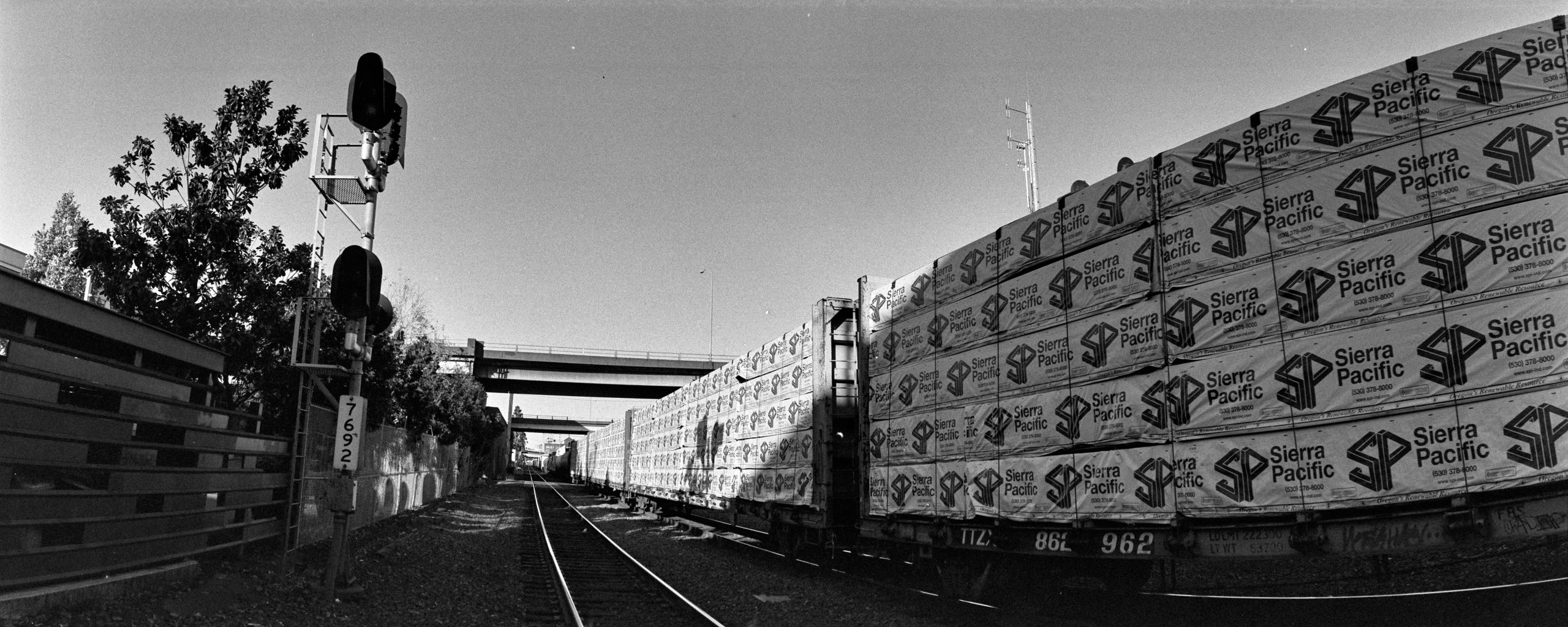

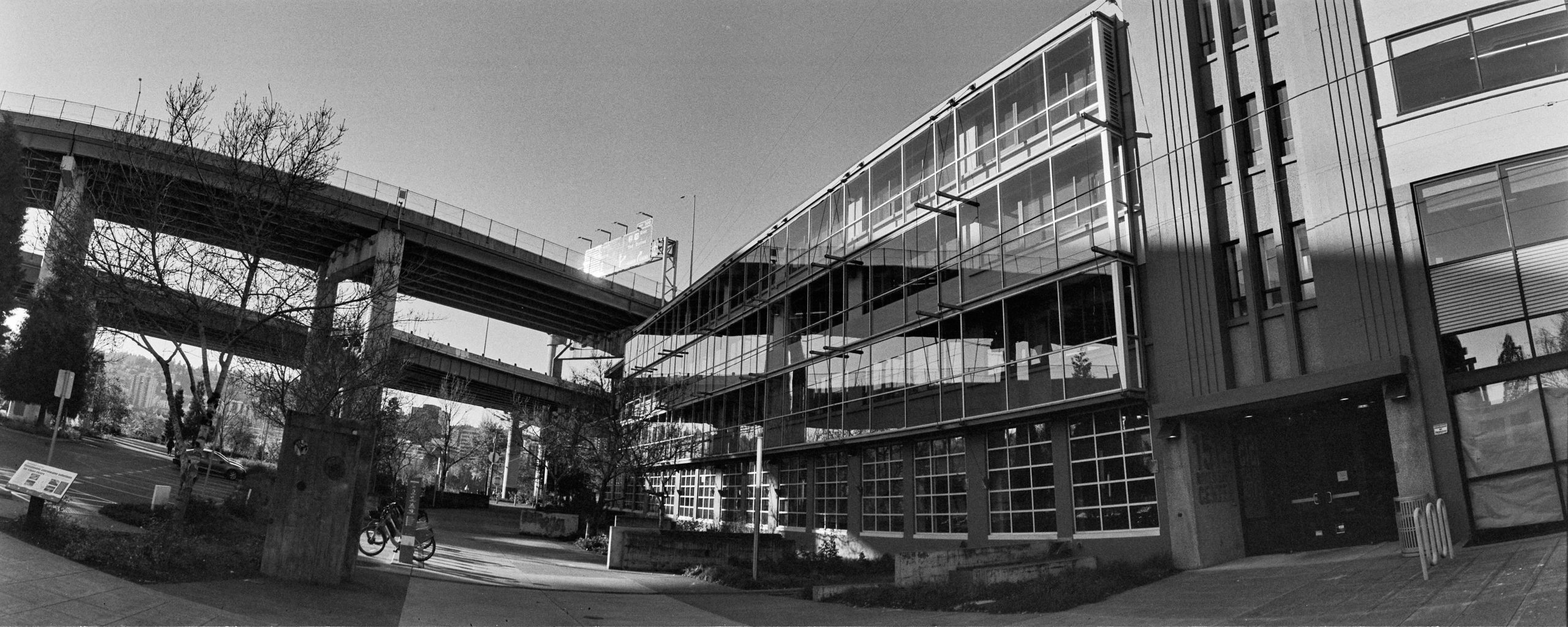

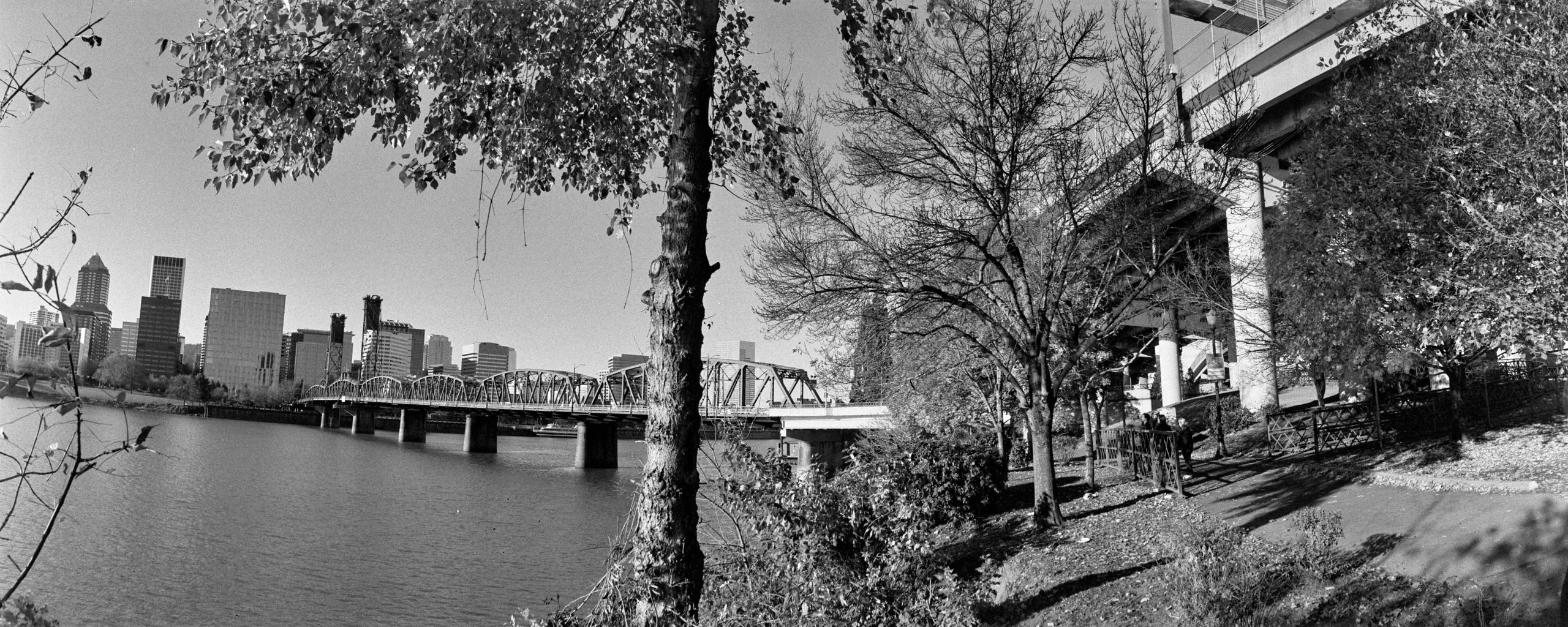

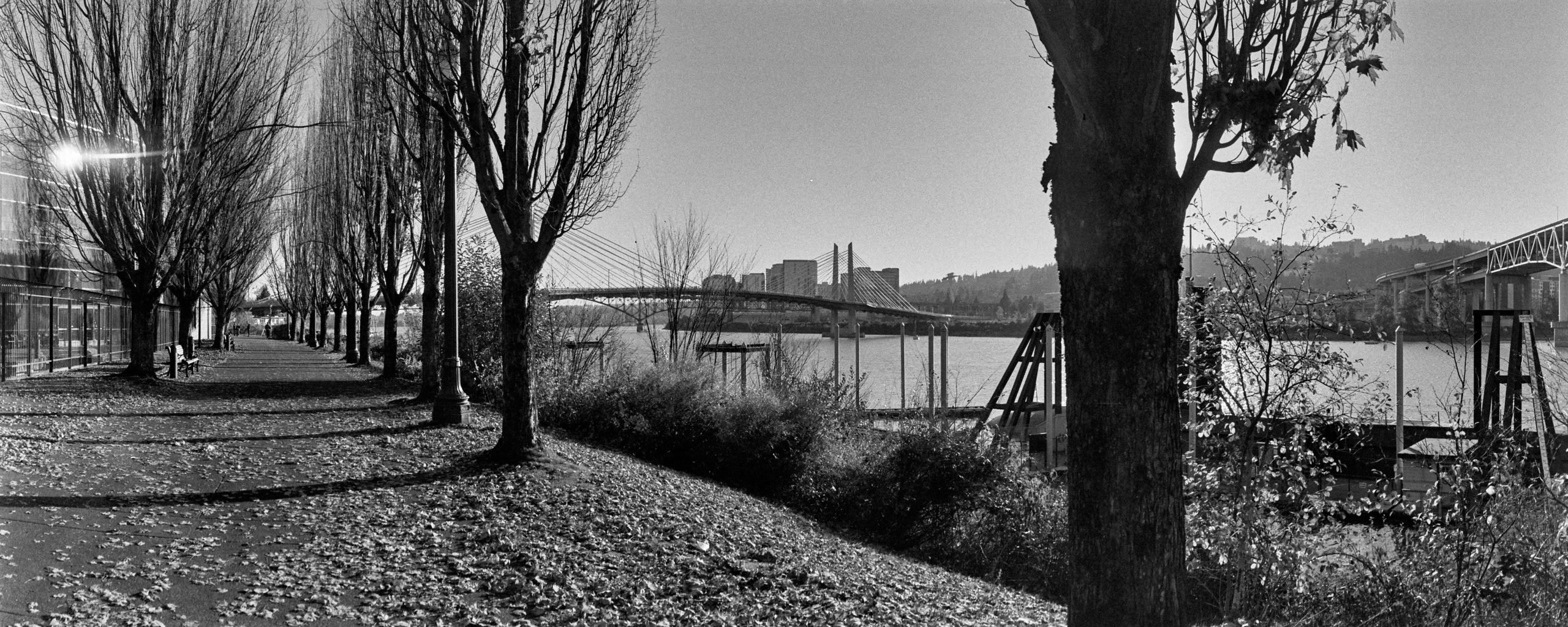
Again, G617 shines so much more here due to the rectilinear lens design. Swing lens (Horizon) does not look good.

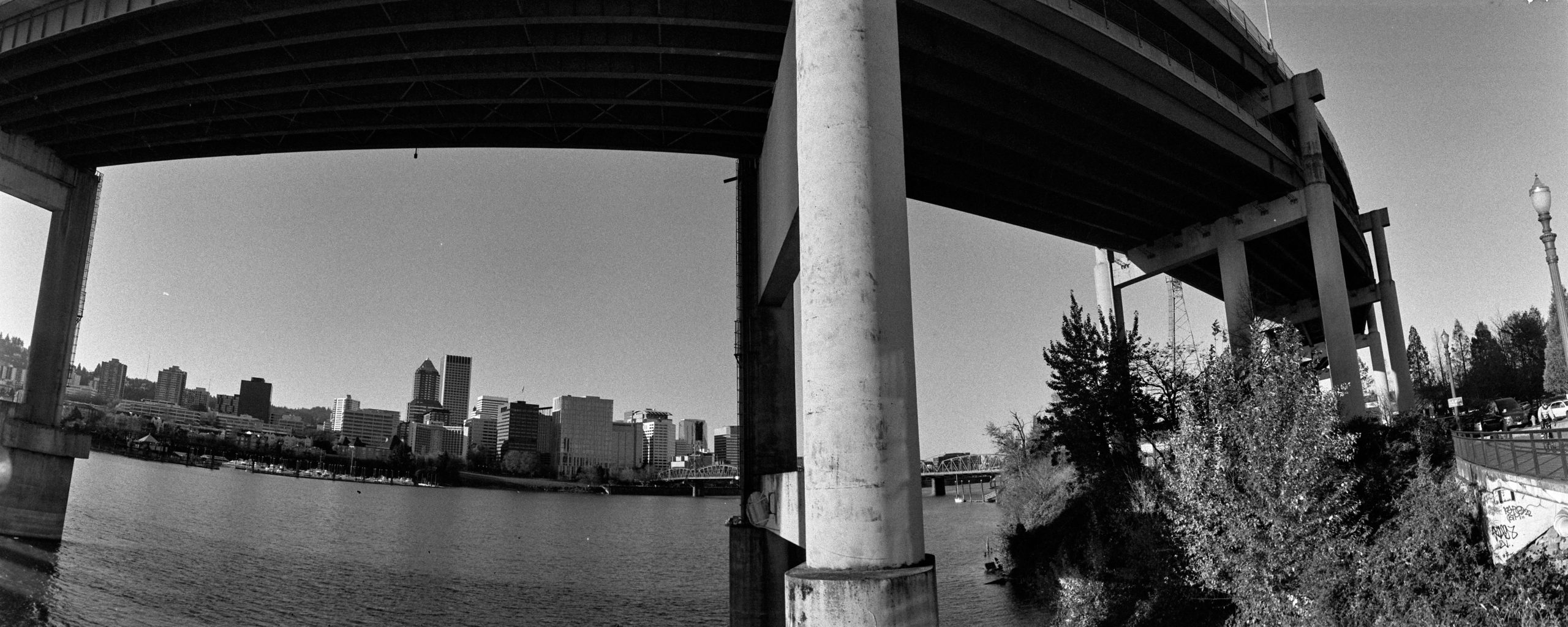

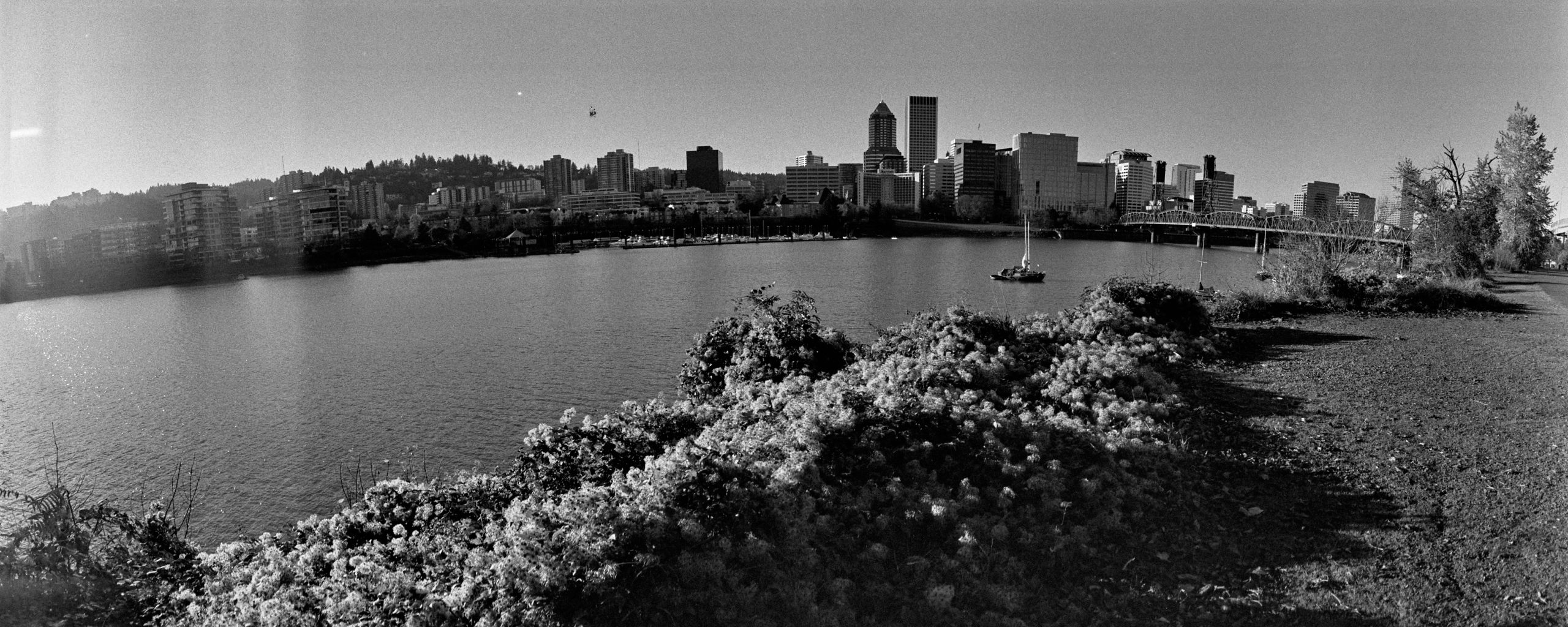
Here is an example where nothing I could do could compensate for the swing lens (Horizon) setup. The highways above are all straight lines, but Horizon made these look like Mario Kart tracks.

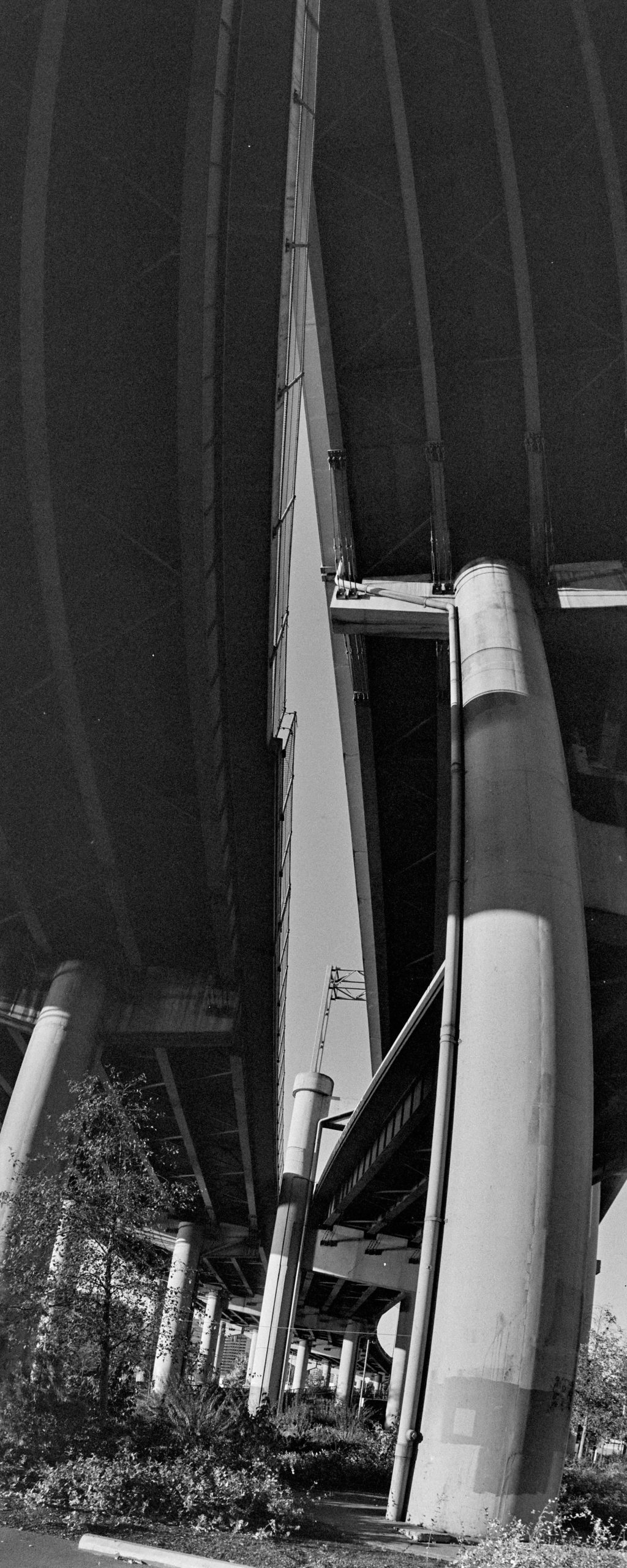
Another cinematic shot on the G617.

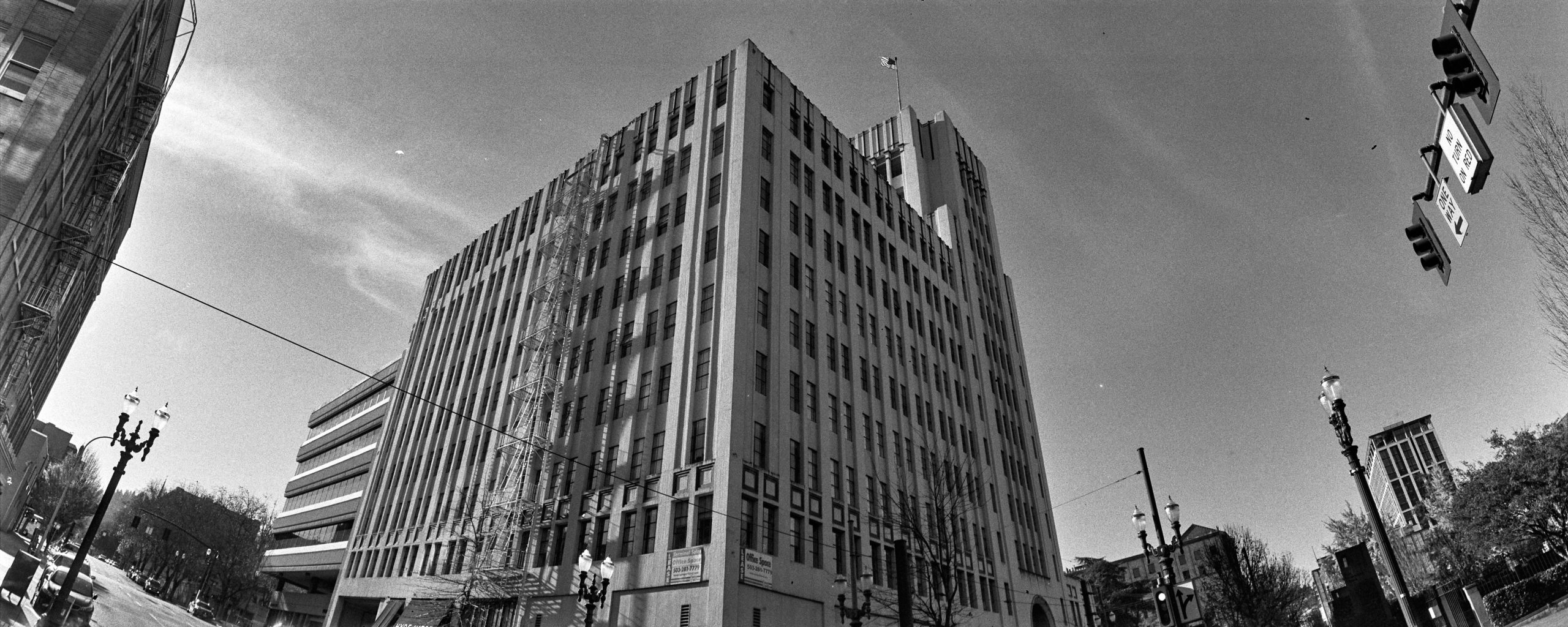

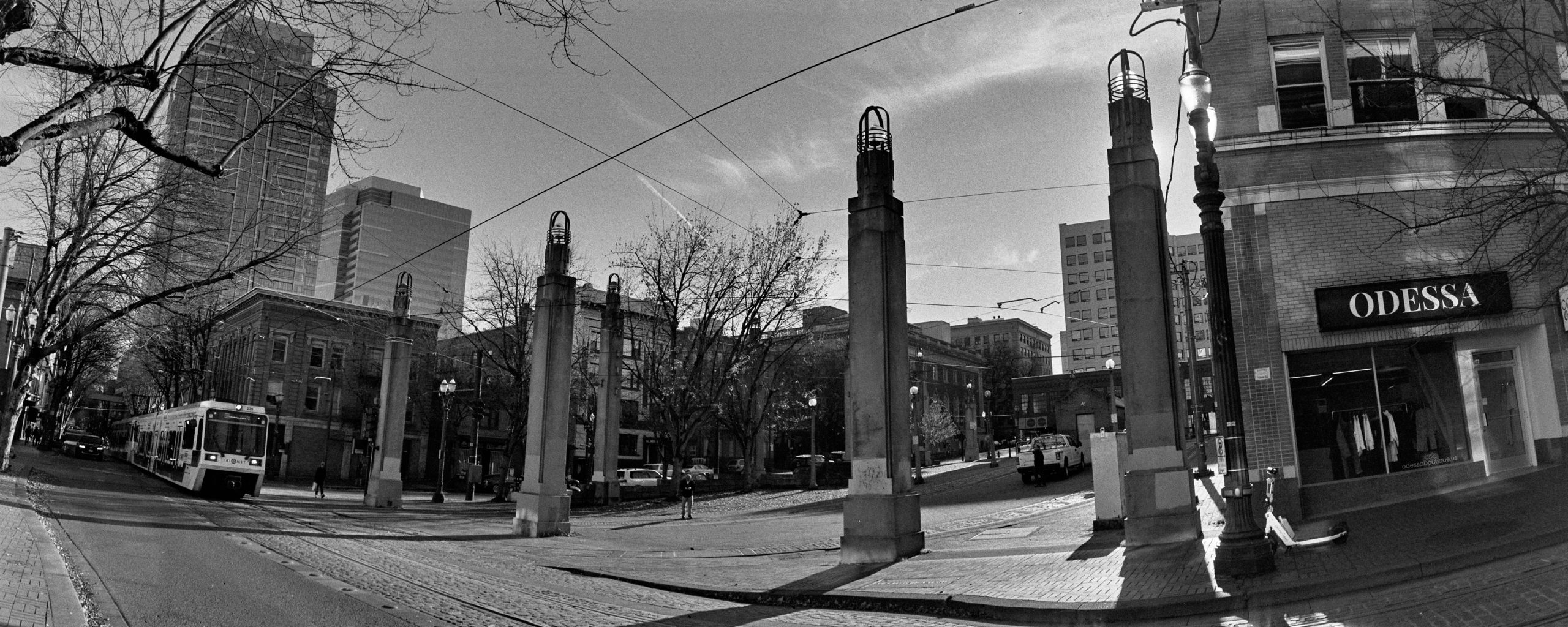
One extra point on the G617! Not just that, the swing lens means there is mechanical movement in the camera. In this case, a clear “banding” effect is seen on the Horizon. (Where the lens is slower/stuck when exposing at that angle, thus brighter)

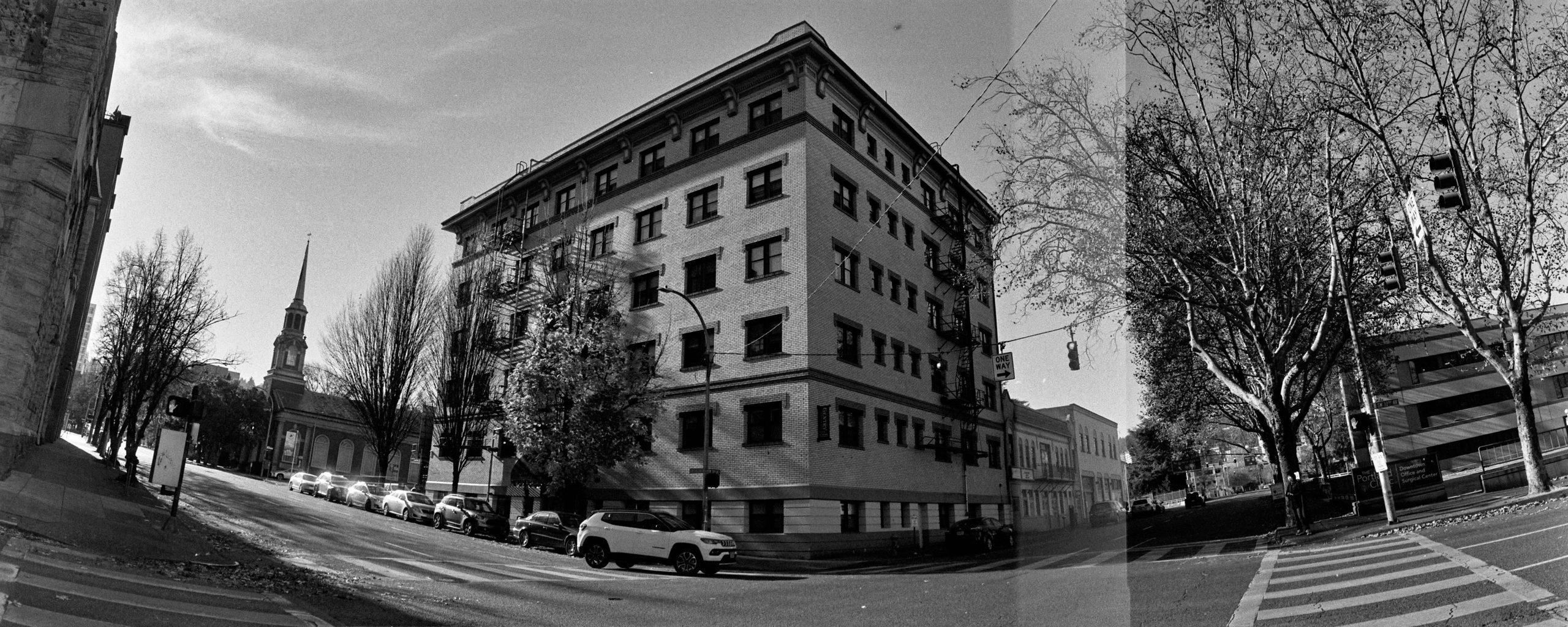
The star effects seen on this field is due to the very expired Kodak Tmax that I was using.

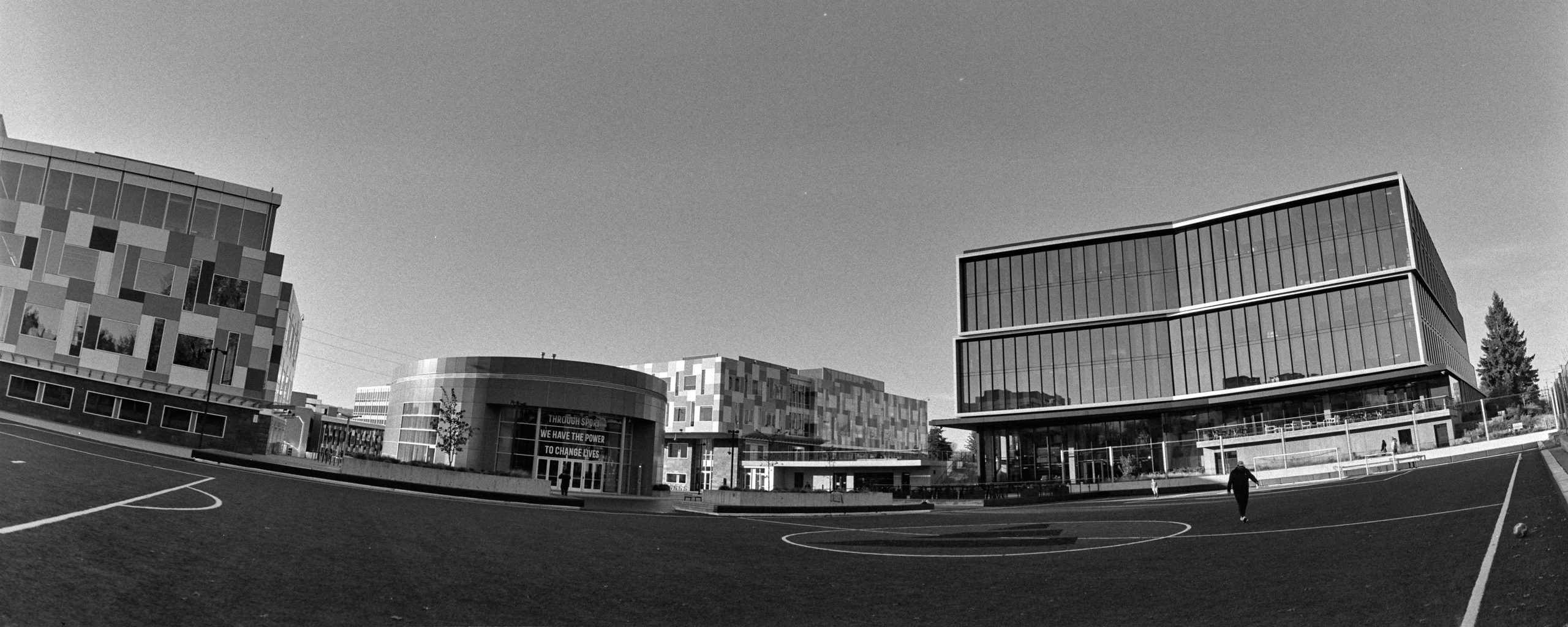
If you don’t like at the bottom two pics side by side, you wouldn’t notice the warp effect on the Horizon. Look at the extreme left and right end of the Horizon, and you will understand what I mean.

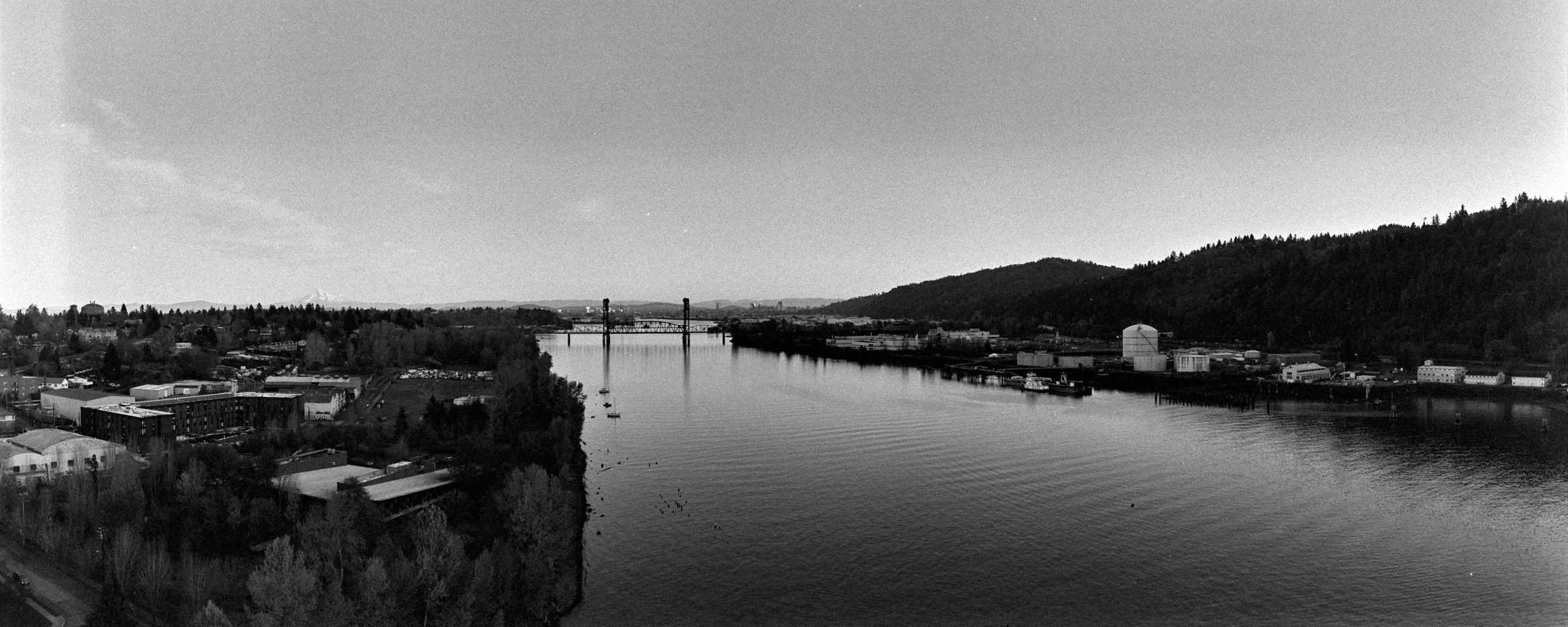
Still, we can talk numbers, but pictures speak louder. Overall, I like the perspectives that G617 provides; the images are closer to what cinematic feels like. These are the images I’m hunting for, and the G617 can make these amazing shots. Yet, Horizon’s warp views are oddly attractive, like propeller planes flying in the sky. Horizon gets the work done, abeit weirdly and in a good way (sometimes). What does this mean? I’ve discounted the G617, as the negatives of using the G617 outweigh the excellent pictures. I’ll never bring this camera into the wild unless I’ve got an idea of what I want to shoot, which is not the way I shoot in general. Horizon will stay with me until it dies someday, but since it is a fully mechanical camera, chances are it can be fixed unless a part cannot be sourced or molded. Which brings me back to: is there a magical camera where it is mostly like the Horizon, except the camera also provides the perspective of G617? Yes, and we are now back in square one. The name is Hasselblad Xpan.

3 thoughts on “Fujifilm G617 vs. Horizon Perfekt”